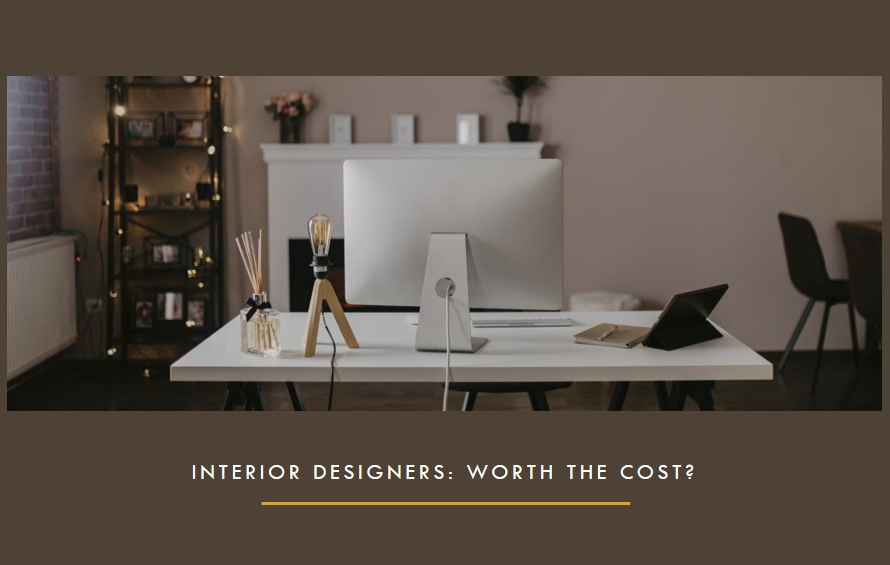
Table of Contents
Introduction to Interior Design Style:
Interior design is an intricate art form that reflects the essence of personal taste and style while encompassing the evolution of trends and cultural influences. From the timeless elegance of classic designs to the sleek sophistication of contemporary styles, each aesthetic journey unveils unique perspectives and narratives. In this exploration, we embark on a captivating voyage through the realms of interior design, delving deep into the nuances of classic, transitional, and contemporary styles.
Classic Elegance:
Classic interior design exudes a sense of timeless elegance and sophistication, drawing inspiration from historical periods such as the Renaissance, Baroque, and Victorian eras. Characterized by intricate details, rich textures, and ornate furnishings, classic interiors evoke a sense of grandeur and opulence. Traditional elements such as chandeliers, antique furniture pieces, and elaborate moldings serve as focal points, adding a touch of refined luxury to the space.
Transitioning with Transitional Design:
Transitional design seamlessly blends elements of both classic and contemporary styles, creating a harmonious balance between tradition and innovation. This versatile approach allows for greater flexibility in design choices, offering a refreshing take on timeless aesthetics. Neutral color palettes, clean lines, and a mix of textures define transitional interiors, fostering a sense of comfort and sophistication. By combining the warmth of classic elements with the simplicity of contemporary design, transitional spaces exude a timeless appeal that resonates with modern sensibilities.
Embracing Contemporary Chic:
Contemporary interior design embraces the essence of modernity, featuring clean lines, minimalist aesthetics, and innovative materials. This style prioritizes functionality and simplicity, emphasizing open spaces and natural light to create a sense of airiness and serenity. Neutral color schemes, sleek furniture designs, and geometric patterns characterize contemporary interiors, reflecting a minimalist yet chic sensibility. By embracing the principles of less is more, contemporary design celebrates the beauty of simplicity while exuding a sense of understated elegance.
The Influence of Cultural Heritage:
Cultural heritage plays a significant role in shaping interior design styles, infusing spaces with unique narratives and traditions. From the ornate detailing of European palaces to the intricate patterns of Middle Eastern decor, cultural influences enrich the tapestry of interior design, offering a diverse array of inspirations. By incorporating elements such as textiles, artwork, and architectural motifs, designers pay homage to the rich heritage of different regions, creating spaces that resonate with history and authenticity.


Exploring Eclectic Fusion:
Eclectic interior design celebrates the art of mixing and matching diverse styles, textures, and eras to create visually captivating spaces. By combining elements from different design movements, such as vintage furniture pieces, contemporary artwork, and global accents, eclectic interiors exude a sense of creativity and individuality. This eclectic fusion allows for greater freedom of expression, encouraging experimentation and personalization in design choices. With its bold juxtapositions and unexpected pairings, eclectic design invites viewers on a captivating journey of discovery and self-expression.
Harmonizing with Mid-Century Modern:
Mid-century modern design emerged in the mid-20th century, influenced by the post-war era’s focus on functionality, simplicity, and innovation. Characterized by clean lines, organic forms, and minimalist aesthetics, this design movement celebrates the marriage of form and function. Iconic furniture pieces such as the Eames Lounge Chair and the Noguchi Coffee Table exemplify the timeless appeal of mid-century modern design, which continues to inspire contemporary interiors today. By harmonizing form and function, mid-century modern design creates spaces that are both visually striking and inherently practical.
Reviving Rustic Charm:
Rustic interior design celebrates the beauty of natural materials, earthy textures, and warm color palettes, evoking a sense of coziness and nostalgia. Inspired by the rugged beauty of rural landscapes and traditional craftsmanship, rustic interiors embrace imperfections and organic elements, creating a sense of warmth and authenticity. Reclaimed wood, stone accents, and vintage accessories characterize rustic spaces, infusing them with a sense of rustic charm and character. Whether in a countryside cottage or an urban loft, rustic design offers a timeless retreat from the hustle and bustle of modern life.
Elevating Industrial Aesthetics:
Industrial interior design draws inspiration from the raw, utilitarian aesthetic of factories and warehouses, celebrating the beauty of exposed materials and structural elements. Characterized by open spaces, raw textures, and minimalist decor, industrial interiors exude a sense of urban chic and authenticity. Exposed brick walls, metal accents, and salvaged artifacts add character and depth to industrial spaces, creating a unique juxtaposition of ruggedness and refinement. By embracing the inherent beauty of industrial architecture, this design style transforms ordinary spaces into urban sanctuaries of style and substance.
Conclusion:
In the realm of interior design, the journey from classic to contemporary is a fascinating exploration of creativity, innovation, and cultural heritage. From the timeless elegance of classic designs to the sleek sophistication of contemporary styles, each aesthetic journey offers a unique perspective on the art of living beautifully. By embracing diverse influences and design principles, we can create spaces that not only reflect our personal taste and style but also inspire and delight us for years to come. So whether your preference leans towards the timeless allure of classic design or the modern chic of contemporary interiors, the world of interior design invites you to embark on a captivating journey of discovery and self-expression.



1 Comment
Blair
You really make it appear so easy together with your presentation however I to find this matter to be
really something that I think I’d by no means understand.
It kind of feels too complex and extremely
wide for me. I’m looking ahead on your subsequent
submit, I’ll try to get the cling of it!